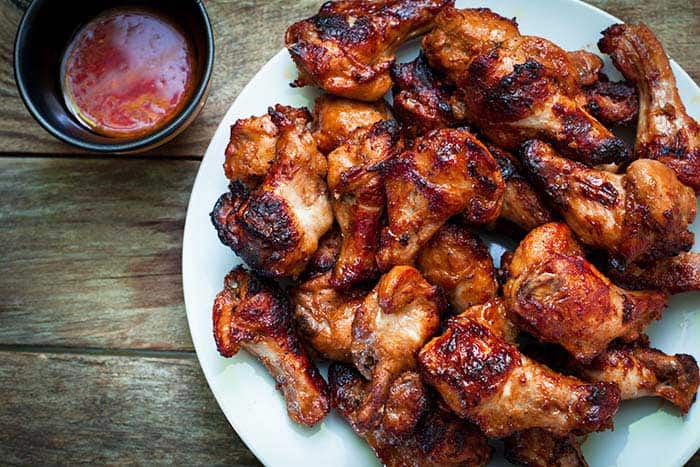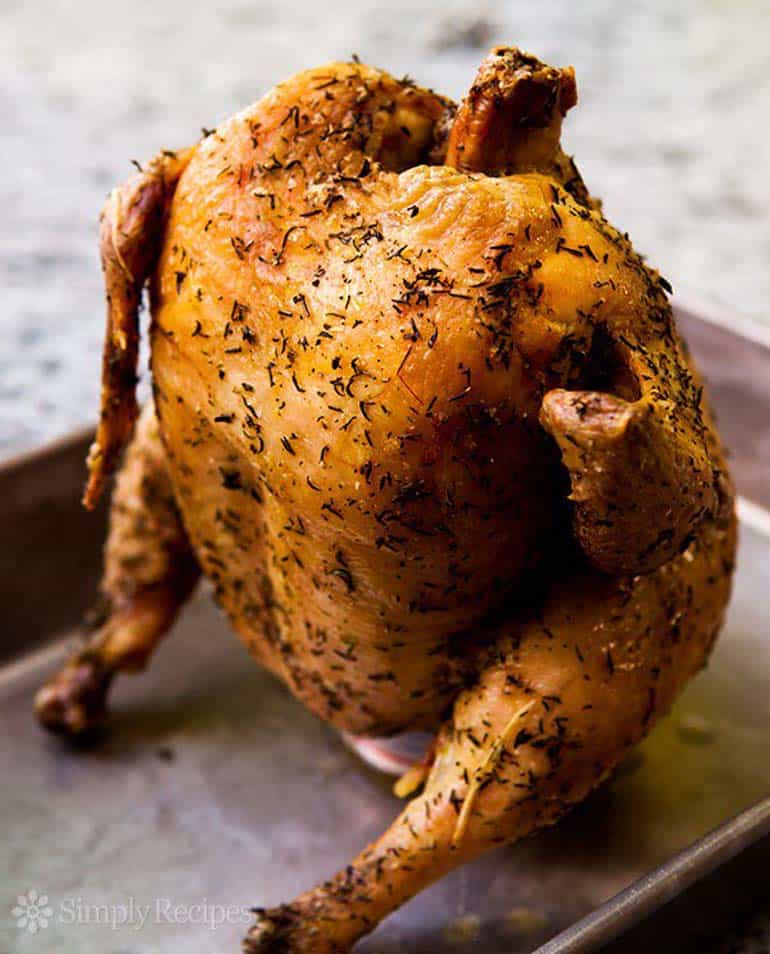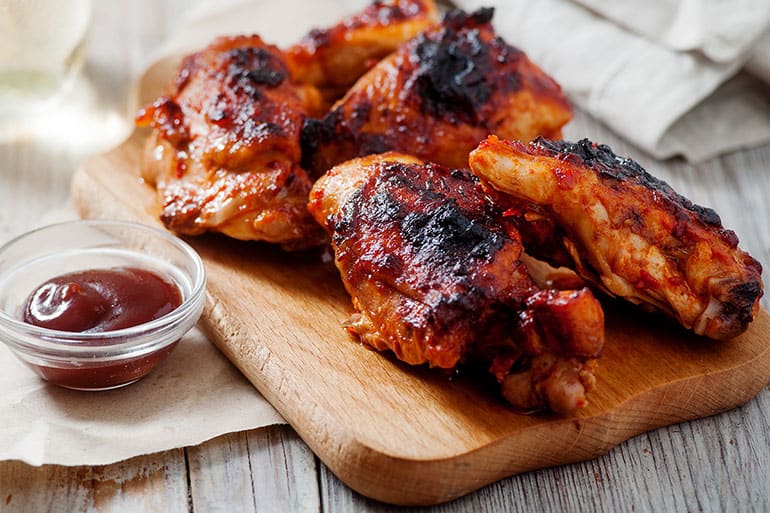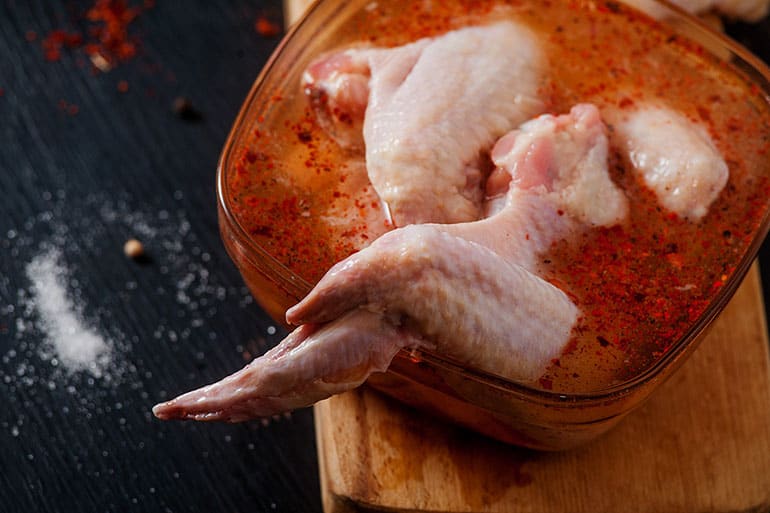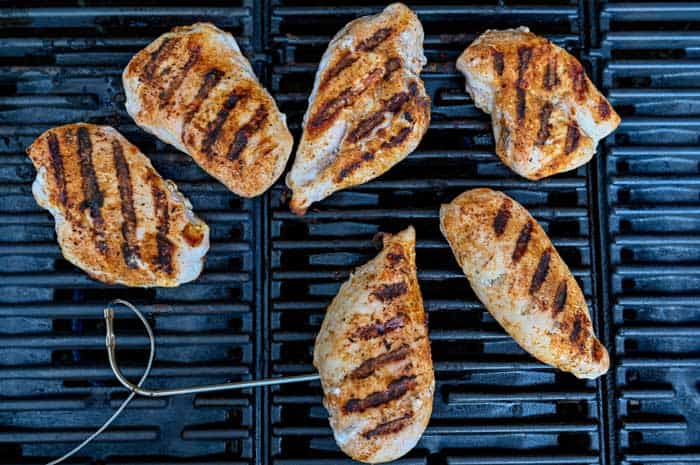Stop your chicken sticking to the grill. From canola oil to grill brushes, these four easy tricks will keep your grilled meat tender and intact.
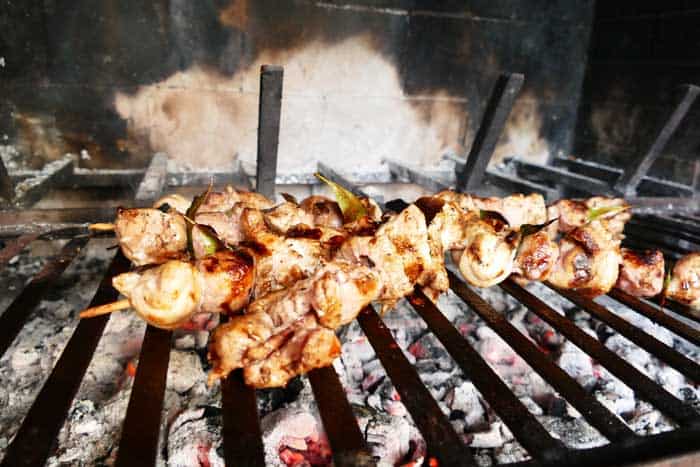
There are few things that get under a grill master’s skin more than when chicken sticks to the grill.
After slaving over the grill, to see half of it come away when trying to lift it from your grill grates can be really disheartening.
So how do we prevent this?
In short, it can be prevented with four simple tricks.
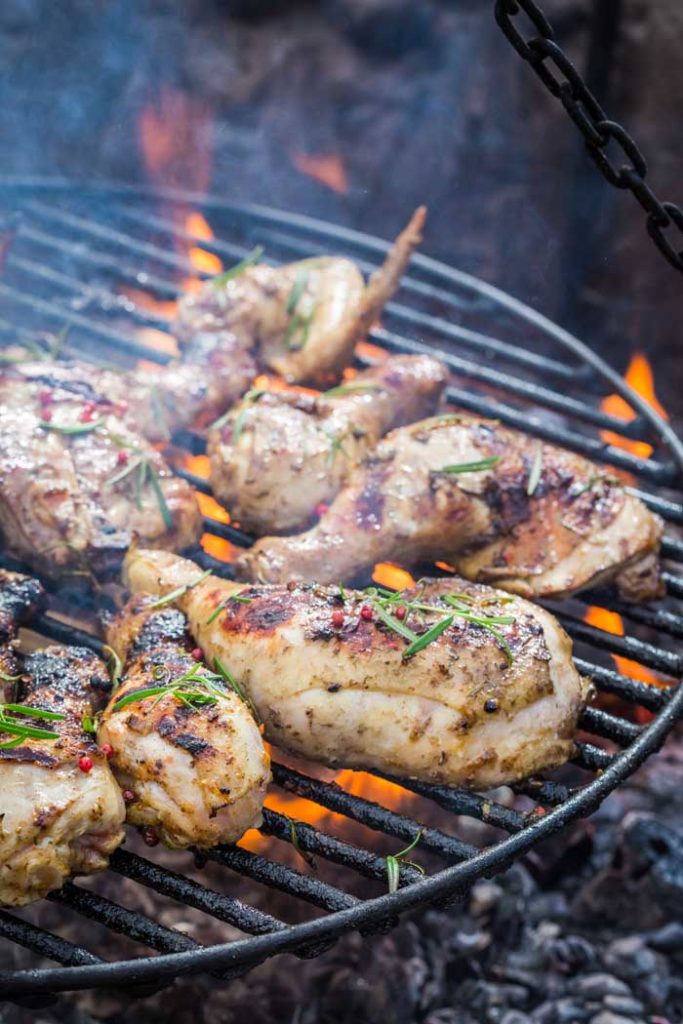
The first is to lightly cost your chicken with olive oil prior to placing it on the grill. The second is to try to keep your chicken within a temperature range of 425°F-450°F. Going above this will leave your chicken prone to sticking to the grill.
Using oil with a high smoking point will ensure that your oil doesn’t reach a temperature where it starts to produce a carbon adhesive, effectively bonding the meat and grates.
Finally, time is a crucial factor. Aim to grill your chicken for 4 and a half minutes per side. If you try to flip or remove the chicken and it’s still sticking, just close your grill’s lid and give it another 30-60 seconds.
Those are the four principles to keep by. Let’s take a closer look at how to always ensure your chicken never sticks to the grill.
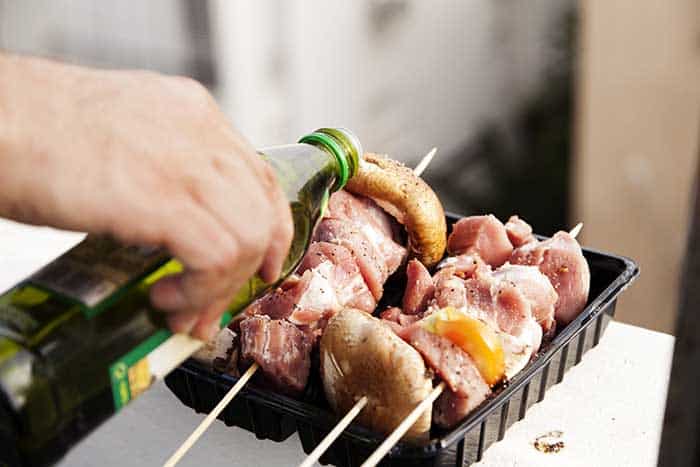
Why Does Meat Stick to the Grill?
The main reasons for meat like chicken, fish or beef sticking to your grill grates are that the meat isn’t hot enough, or that your grill grates are either dirty or don’t have enough oil to act as as a lubricant.
In scientific terms, it’s when the proteins in the meat bond with the metal of the grates, which can only be undone once the outer layer of the meat starts to dry and develop grill marks.
As well as this, if your meat has rich seasonings or sauces on them then the sugar content of these can turn to carbon as they cook and stick to the grates.
Oil the Meat
We often think of oil as a lubricant for our grill or cooking surfaces, but often that we forget that that’s just one half of the equation.
Applying a thin layer of oil to your chicken can help ensure that the flesh of the meat doesn’t get stuck to the grill surface.
Use paper towel to lightly pat down your chicken. Apply your choice of seasoning, and then use a grill brush to lightly apply a thin layer or olive oil to the meat.
Transfer the chicken to the grill. If your chicken has skin on it, then put that layer on the grill first. This is because that side tends to have less meat that can adhere to the grates.
By the time you have left this side to cook for a few minutes, the other side should have started to dry a little which in turn makes it less likely to stick to your grill when you flip it.
Cook the chicken for 4.5 minutes on each side before then flipping and cooking for a further 4.5 minutes.
If the chicken still sticks to the grates, simply allow it to cook for another 30-60 seconds before trying to flip or remove it again.
Clean Your Grill
Look, I know that cleaning you grill after every use is a chore, and not one that I relish at all.
But it’s safe to say that with every use your grill develops layers of dirt and chemicals that can impact your meat on every additional use.
Your grill grates are comprised metal that pitted with pores, and additional uses clog these up and create additional surface area for your meat to stick to.
Allow your grill to cool down slightly after every use, but still clean it while it’s still fairly warm so that the oils and dirt are a bit looser. Clean it with a scrub pad and soapy water. Be sure to allow your grates to dry thoroughly before putting them back in your grill, otherwise you will leave them prone to developing rust.
For a full guide on cleaning, check out my post on how to clean cast iron grill grates.
Use Oil With a High Smoking Point
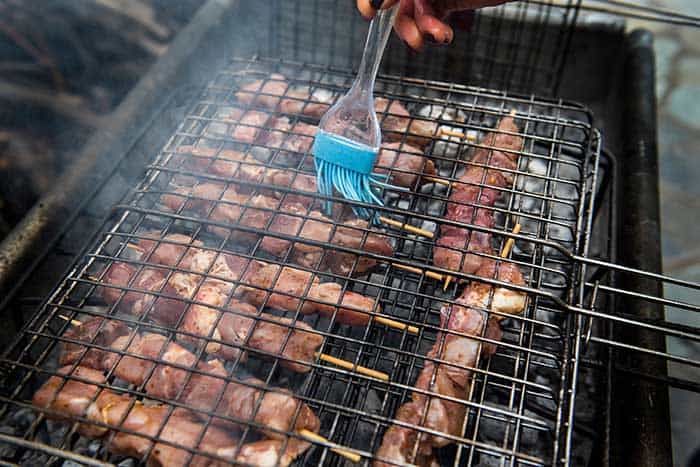
While a lot of guides will tell you to apply oil to your grates, that’s only half the story.
It’s imperative that you also use oil that has a high smoking point. Oils that are at the lower end of the scale will smoke up before reaching target temperatures of 400°F, which means that they turn to carbon and create the binding agents that allow your meat to stick to the grill surface.
Oils like sunflower oil or palm oil have smoking points of around 450°F, which is idea for barbecue grilling. Canola oil also has a high smoking point, of around 400°F.
Preheat Your Grill
While it’s tempting to put meat on the grill right away and let it do its work, it’s important to always allow your grill to heat up to your target temperature first before transferring meat to it.
It’s fun to hear that beautiful sizzling noise as you put the meat on the grill surface, but it’s about much more than just that.
When the meat touches the hot meat of the grates, it’ll create steam. This helps prevent the proteins in the meat from bonding with the metal of the grates.






